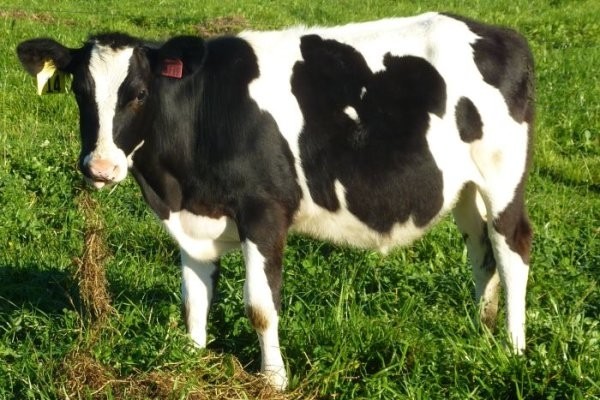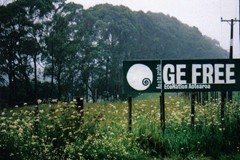Right to reply
World’s first GE cow is a ‘milestone study’

The breeding of a cow which can produce high protein milk lacking beta-lactoglobulin (BLG) because of RNA-interference (gene silencing) technology has been recognised as a significant scientific achievement and is a world first.
RNA-interference has until this time been restricted to laboratory animals like rodents and other lesser organisms. This project started at AgResearch in 2008, and the cow, Daisy, was born in 2011 (so three rather than 12 years of research).
The AgResearch team wanted to discover if they could use RNA interference to produce milk which contained less BLG, a milk whey protein known to be allergenic. The research on Daisy has nothing to do with “GE-feed” entering the animal feed chain.
The work has been hailed internationally as “a milestone study” with Malaghan Institute research professor Graham le Gros saying it has “enormous implications due to its potential to reduce the significant impact milk allergies have on our children and neatly avoids the concerns associated with the genetic modification of the milk proteins themselves.”
Claims BLG is an essential part of milk are wrong. BLG is not present in all milks; most importantly it is not present in human breast milk and no definitive function has been ascribed to this protein (as opposed to simply, dietary protein in general) in any milk, despite years of research. One of the project’s major objectives was to develop a model that will allow the investigation of the function of BLG for the first time; the scientific focus of the research.
The claim BLG is destroyed by pasteurisation is also wrong, as is the claim that breakdown products can cause allergies. The allergenic properties of BLG are mainly associated with the intact protein while the generation of breakdown products is one of the main strategies that are used to reduce the allergenic properties of BLG.
BLG is not removed from skim milk, cheese or butter. Butter is a fat and does not contain protein like BLG. Cheese is made from the casein protein fraction in milk (the curds); BLG is a whey protein and whey is what’s left over after making cheese. There are no industrial processes being used for extracting BLG from milk; the removal of BLG is not in commercial production, let alone a “highly successful business”.
Daisy’s taillessness is a rare congenital mutation (rather than a deformity) and is not thought to be related to the “silencing” of the BLG gene. Daisy is extra-special, as the technology used to create her has a high failure rate. One hundred blastocysts were transferred, which resulted in 46 pregnancies. Five were carried through to 65 days, and one (Daisy) made it to nearly full-term.
The use of animals for research is strictly regulated by legislation and approved and overseen by specific Animal Ethics Committees that ensure the ethical treatment and welfare of the animals. Our animals are of a very high value and their welfare is and will always be our top priority.
Editor's note: Let us know your thoughts on Daisy and the research that enables cows to be bread not to produce BLG. Leave a message in the comments below.








